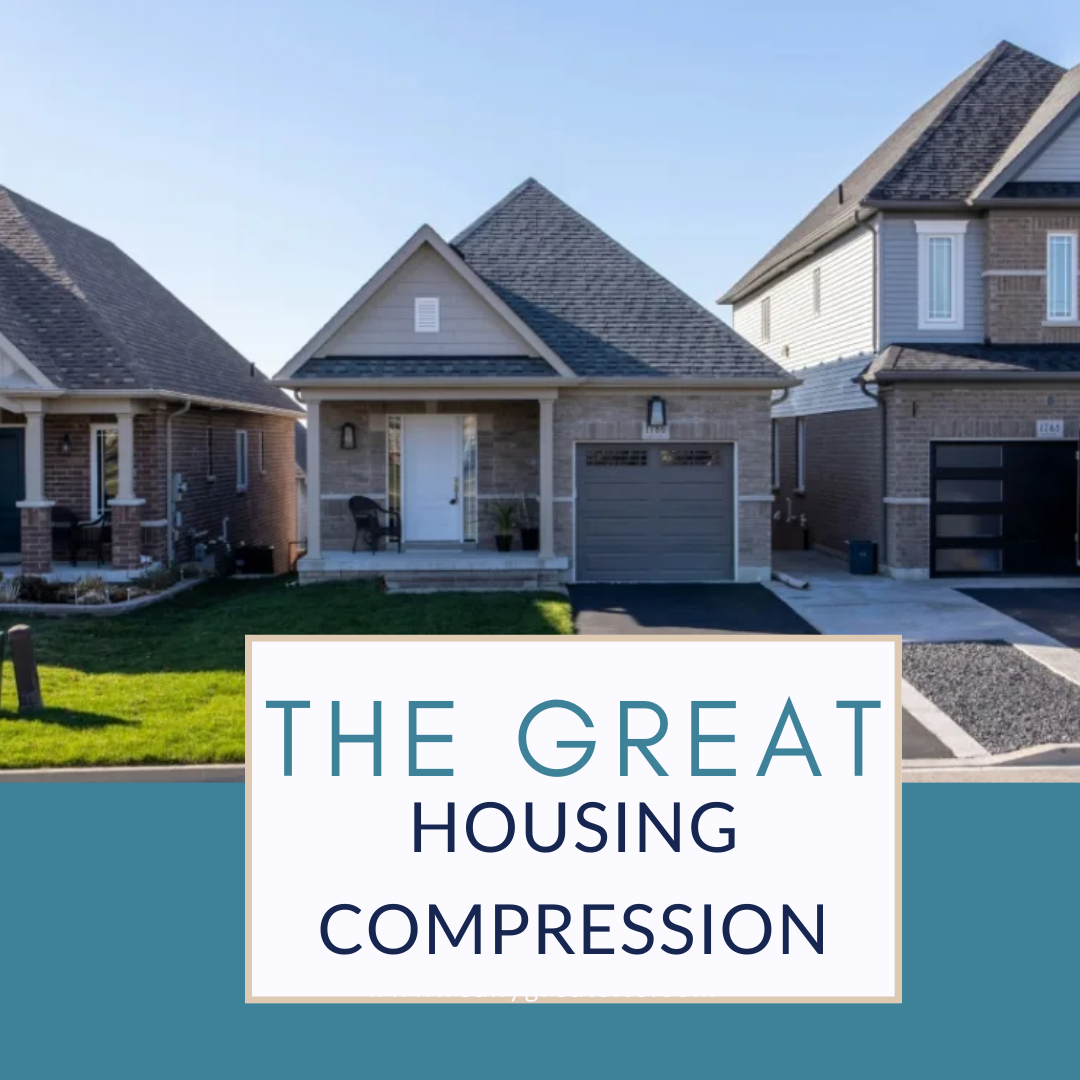The Great Housing Compression
Wed Mar 13, 2024 by OPLawSocialMedia on News

There is a different type of housing that is becoming increasingly popular in the United States: small houses. In fact, colonies of homes, approximately 350 to 600 square feet, and even smaller being built. Why? For many who decide to purchase these homes, it is an alternative to simply renting. In fact, these small homes are a means for many to retain home ownership.
How did these tiny homes emerge as a housing alternative?
Several trends have made such small homes perhaps the eventual future of American housing for a sizable number of home buyers. Economic, demographic, and regulatory trends in particular have spawned small houses. Over the past decade, home builders have shrunk the size of homes in order to provide affordability to those who wish to purchase a home. The downsizing of homes accelerated when interest rates rose to nearly 8 % last year. Even though mortgage rates have decreased, a move towards smaller homes—homes that are smaller than studio apartments, seems to be poised to outlast the mortgage spike, reshaping the housing market for years to come, and changing the notions of what middle-class housing looks like.
This shift may be in part due to the gentrification that is found throughout the United States. Neighborhoods that were once affordable are now being transitioned to target the upper end of the market, thereby endangering first-time buyers from purchasing a “starter home.”
While homes under 500 square feet are less than 1% of the new homes built in the United States, there is still a trend to push towards smaller designs. Why? Land and materials have increased costs and as a result, builders are testing the market to see what may work. Side yards are the “new” backyards, Kirchen bars are the “new’ dining rooms. Further, state and local governments around the country have passed bills that make it easier for builders to build smaller units at greater densities. Some states, such as Oregon, has even banned single family zoning rules which defined suburbia for quite a while. Builders are also more willing to build smaller houses because of their large buyer base.
Another reason for this “small” expansion is a shift in the household composition. America has gone, over the past half-century, from a country in which the typical home buyer has been a nuclear family with about three children to one in which singles, empty nesters, and couples without children have become a much larger share of the population. While housing costs have increased due to limited supply and increased labor and materials, there has been a surge in demand from millennial and Gen Z buyers.
As a result, a mismatched housing market surfaced where Baby Boomer generation households are disproportionally living in large homes without children while many millennial couples with children are either renting or living in small homes.
What does this all mean?
Housing attainability continues to be the major issue in real estate throughout the country. As a result, homes between 450 to 600 square feet are being built, offering a choice to those who would still rather buy than rent. These homes, in fact, may be a more affordable alternative to renting as residential rental pricing has increased substantially. While the real estate market has always been dependent on the greater economy, the economy has also been dependent upon the real estate market. One thing is sure: the real estate market will continue to evolve as the greater economy does the same.
From the trenches,
Roy Oppenheim

